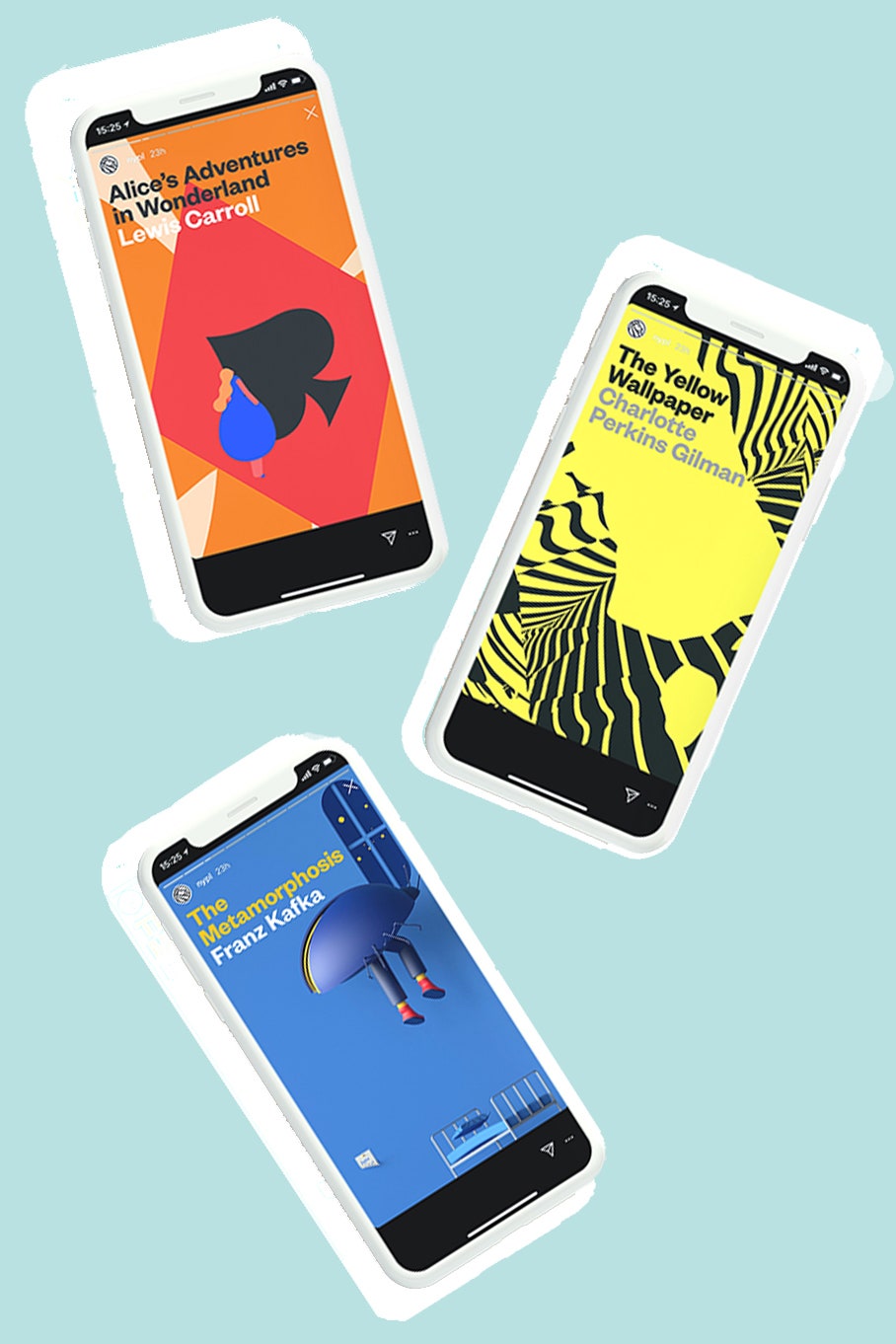Frontlist | Could Insta novels be the digital innovation that finally gets you to read more?
Frontlist | Could Insta novels be the digital innovation that finally gets you to read more?on Mar 08, 2021

In the digital age, people are more likely to relax by scrolling through their social media feeds than by snuggling up in bed with a good book. While this doesn’t apply to everybody, it’s safe to say that a majority of millennials and Gen-Zers would agree with the notion. Over the past decade, we stood witness to the birth of Instagram, and the rising popularity of platforms like Facebook and Twitter—which affected behaviours and habits in almost all spheres of life. However, it was the impact they had on reading patterns that proved to be particularly significant.
On one hand, social media helped us discover lesser-known authors, but on the other, it also served as a distraction from reading their works. Considering this, many attempts have been made to strike a balance between social media and literature. One of the most notable would have to be the creation of a Twitter novel, aka Twitterature. Author Nicholas Belardes composed just over 900 tweets to create a fictional love story titled Small Places. The first tweet was published on April 25, 2008 at 9:35pm and the last one went up on March 8, 2010. (Yes, it went on for two years). What was once considered as just a cluster of tweets, soon went viral and got covered by international publications and blogs while it was still in its initial stages.
The New York Public Library, celebrating 125 years of service this month, is taking another route—via Instagram stories. Their feed is like that of any other well-managed library account, except that their Highlights section features eight ‘Insta novels’, and a tutorial on how to read them.
“Mother, an independent creative company in New York, actually came to the library with the basic idea to turn Instagram Stories into actual stories,” Amy Geduldig from NYPL told us. “We worked with them to develop Lewis Caroll’s Alice’s Adventures in Wonderland, Charlotte Perkins Gilman’s The Yellow Wallpaper, Edgar Allan Poe’s The Raven, Franz Kafka’s The Metamorphosis and Charles Dickens’ A Christmas Carol.”
As you tap on Carroll’s magnum opus in the Highlights section on NYPL’s Instagram account, an animated illustration of Alice’s character walks towards an eye-shaped form, which then morphs into different visuals that are relevant to the novel. So engaging and innovative are the animations, you may find yourself wanting to read the children’s classic all over again (even if it totals a sum of 75 frames of text), and wasn’t that the idea behind the whole concept?
Giving us more insight into the objective of the project, Corinna Falusi, CCO & partner at Mother, said, “We hear this conversation all the time: technology, and in particular social media, is the enemy—a modern pollutant dumbing down people’s intelligence. In 2016, 80 per cent of teens in the US reported consuming digital content online daily, while only 20 per cent reported reading a book, magazine or newspaper—which is the lowest figure ever recorded. So, at a time when many believe we’re witnessing the death of literature at the hands of social media, how were we going to inspire a younger generation to engage in reading?”
And thus, Insta novels came to be. “It started with The Library’s mission statement, which is to ‘advance knowledge by providing free and open access to materials and information…’. When you start there, trying to make literature and knowledge available to everyone, and you see an opportunity to do that on a platform like Instagram, you run at it. First, we selected some of the greatest pieces of classic literature that would resonate with today’s youth. Then, we worked with Insta-famous illustrators to reimagine each cover for our digital audience, and painfully sweated over every detail of how these stories would come to life in a modern way for a digitally-savvy audience,” Falusi explained about how the project came to be.
Meeting (mostly) teenagers with great stories exactly where they were (on their phones), NYPL created the world’s first ‘digital library’ specifically for Instagram, which is arguably one of the most democratic social media platforms available today. Within four months of launching their Insta novels, NYPL gained more than 1,31,000 followers on Instagram, marking a 68 per cent increase. “Each Insta novel reached between 22,000 and 38,000 users within the first 24 hours of release,” noted Geduldig. But this wasn’t the highlight for Falusi—instead, it was the fact that they saw readers from all over the globe tap through some of the world’s best stories. “To date, over 3,00,000 people have read an Insta novel. To me, that’s an inspiring statistic that says the future of literature is not an open and shut case. I think anything that gets more people reading, especially young people, is a win for us. Whether you’re doing it from a printed text or a smartphone, the fact that you’re choosing to read is what matters most,” she said.
Can this form of digital storytelling be the next epic addition to the world of literature? Let’s just say poets and novelists of the bygone eras would be curious to know too.



.jpg)






.jpg)

.jpg)
.jpg)
.jpg)
.jpg)
.jpg)
.jpg)










Sorry! No comment found for this post.